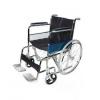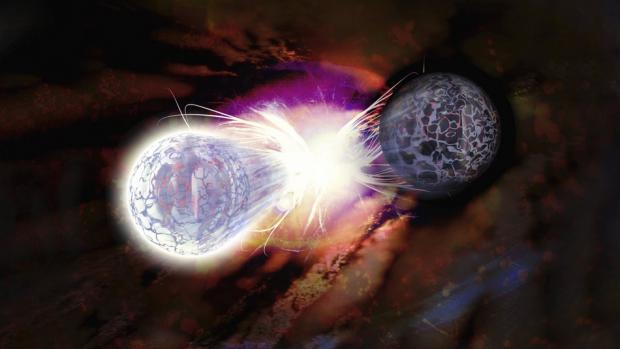
Breaking News
 The Epstein List Is Dead- Long Live the Epstein List
The Epstein List Is Dead- Long Live the Epstein List
 Scoop: FBI's Dan Bongino clashes with AG Bondi over handling of Epstein files
Scoop: FBI's Dan Bongino clashes with AG Bondi over handling of Epstein files
 THE BACKLASH IS GETTING BIGGER OVER THE COVER-UP OF YOU KNOW WHO!
THE BACKLASH IS GETTING BIGGER OVER THE COVER-UP OF YOU KNOW WHO!
 The DOJ Officially Closed Its Investigation into Pfizer Bribery…More…
The DOJ Officially Closed Its Investigation into Pfizer Bribery…More…
Top Tech News
Magic mushrooms may hold the secret to longevity: Psilocybin extends lifespan by 57%...
 Unitree G1 vs Boston Dynamics Atlas vs Optimus Gen 2 Robot– Who Wins?
Unitree G1 vs Boston Dynamics Atlas vs Optimus Gen 2 Robot– Who Wins?
 LFP Battery Fire Safety: What You NEED to Know
LFP Battery Fire Safety: What You NEED to Know
 Final Summer Solar Panel Test: Bifacial Optimization. Save Money w/ These Results!
Final Summer Solar Panel Test: Bifacial Optimization. Save Money w/ These Results!
 MEDICAL MIRACLE IN JAPAN: Paralyzed Man Stands Again After Revolutionary Stem Cell Treatment!
MEDICAL MIRACLE IN JAPAN: Paralyzed Man Stands Again After Revolutionary Stem Cell Treatment!
 Insulator Becomes Conducting Semiconductor And Could Make Superelastic Silicone Solar Panels
Insulator Becomes Conducting Semiconductor And Could Make Superelastic Silicone Solar Panels
 Slate Truck's Under $20,000 Price Tag Just Became A Political Casualty
Slate Truck's Under $20,000 Price Tag Just Became A Political Casualty
 Wisdom Teeth Contain Unique Stem Cell That Can Form Cartilage, Neurons, and Heart Tissue
Wisdom Teeth Contain Unique Stem Cell That Can Form Cartilage, Neurons, and Heart Tissue
 Hay fever breakthrough: 'Molecular shield' blocks allergy trigger at the site
Hay fever breakthrough: 'Molecular shield' blocks allergy trigger at the site
Scientists break distance record for quantum teleportation

Researchers working at the National Institute of Standards and Technology (NIST) claim to have transmitted the quantum information carried in light particles over 100 km (62 miles), four times farther than previously achieved.
Breakthroughs in quantum physics continue to accelerate, having already shown the practical potential of quantum cryptography and increasingly making progress toward powerful, everyday, quantum computers. This new record set by NIST adds to this momentum by providing the ability to transmit quantum state information much farther than previously thought practicable.
According to the researchers, this capability was only possible through the advancement of NIST's own bespoke single-photon detectors made in its laboratory in Colorado. Utilizing superconducting nanowires created from molybdenum silicide, these detectors are so sensitive that they can record the arrival of more than 80 percent of the photons transmitted, even after traveling more than 100 km – unboosted – down an optical fiber.

 AI Getting Better at Medical Diagnosis
AI Getting Better at Medical Diagnosis

